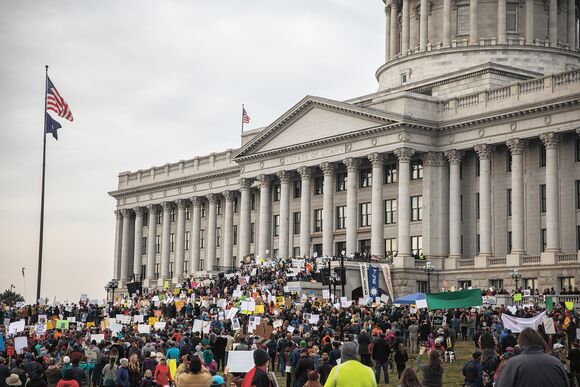
Our seventh and final tip for successful collaboration, from the book Tools to Save Our Home Planet, published by Patagonia.
Revisit Tip #6 here
Tip #7 - Expect and Embrace Conflict
Conflict is healthy, especially in a collaboration with groups with diverse perspectives. We encourage leaders of collaborations to flip the standard script that conflict means something is wrong, broken, or dysfunctional. In fact, after adopting an experimentation mindset, conflict becomes part of the process of discovery and refinement, not a sign to panic or the impulse to disband.
Conflict is an indicator that people care about the issues. If they didn’t, they wouldn’t use their energy to disagree. If conflict is expected and managed well, the collaboration can experience a boost of engagement, interest, and new ownership that propels it forward.
The tip to “go slowly” might be the best overarching guideline when managing conflict. Take the time to work through conflicts as they arise. Moving too quickly can set up a cycle of conflict reruns. Be patient with everyone as they speak their truth and take a slow dialogue approach that seeks to strengthen shared understanding and relationships.
Actions to Embrace Conflict:
- Reflect on your personal approach to conflict. How do your reactions influence how you manage conflict in your collaboration?
- When you identify a significant conflict, structure a series of conversations that help the group move through. A mix of full-group and small-group discussions can be especially beneficial, so everyone has the time to talk. Clarifying the outcome for the discussion and how the decision will be made by the group is critical.
- In the heat of conflict, slow down. Clearly define the issue, agree on the definition, and have people with different perspectives speak. An added step of asking another person to summarize or repeat the point just made can help slow the exchange and make sure everyone is heard.
Conclusion
Collaborations Are a Special Type of Group
We encourage you to remember that people and/or organizations join and consistently participate in collaborations when:
- They feel they belong, are valued, can contribute, receive real benefits, and can affect outcomes.
- They work toward goals they understand, believe in, and have participated in creating.
- They have clear and appropriate ways to make decisions and carry out the work.
- They have adequate energy and resources to sustain their work.
While there’s often a focus on collaborations as being among specific entities (e.g., nonprofits, government agencies, businesses, unions, academic institutions, utilities, etc.), it’s difficult for organizations themselves to create “relationships,” or connections. Individuals have relationships. And the strength of the relationships between the people involved in the collaboration often determines the cohesiveness of the group.
Ultimately, the success of a collaboration relies heavily on both the magnetism of the cause and the strength of the relationships within the group. Having a strong magnetic pull through purpose and connections keeps the collaboration cohesive and members engaged. The work of leading a collaboration is a unique challenge, presenting a special opportunity to achieve more together than any one group could do alone. We hope these seven tips will help activists in their efforts to navigate the tensions and challenges of starting, building, and maintaining a variety of collaborative efforts.
Want to read more of the Seven Tips for Collaboration? Sign up for our email list to get access!
